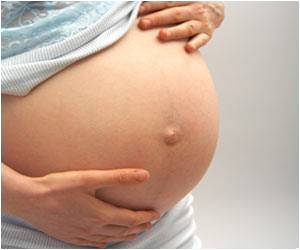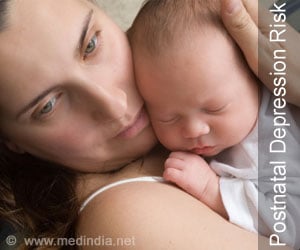Real maternal and infant-health problems in Jharkhand are revealed when we compare the state's health indicators with other empowered action group states,

Since its birth in March 2000, Jharkhand has seen its maternal mortality ratio (MMR), or maternal deaths per 100,000 live births, improve from 261 in 2007-09 to 219 in 2011-12 due to improved access to healthcare.
But this is 41 points higher than the national MMR average of 178 in 2011-12, worse than Myanmar and Nepal and about the same as Laos and Papua and New Guinea, according to WHO data.
Jharkhand is a part of a group of eight poor states, called the empowered action group (EAG), which includes Bihar, Chhattisgarh, Madhya Pradesh, Orissa, Rajasthan, Uttaranchal and Uttar Pradesh. The EAG was formed by the central government following the 2001 Census to contain the population explosion in these states.
The real maternal and infant-health problems in Jharkhand are revealed when we compare the state's health indicators with other EAG states, such as Chhattisgarh and Bihar.
Jharkhand does not fare well on any of the nine key indicators including government schemes, such as the Janani Suraksha Yojana (Mothers' Protection Program).
Advertisement
Jharkhand has the lowest ante-natal care coverage with only 60 percent of women receiving such facilities. Compare that to Bihar with 85.4 percent and Chhattisgarh with 91.8 percent.
Advertisement
Seen from the view of those who provide healthcare, they work at substandard facilities and there are too few of them.
The gulf between targets and reality in India's dark areas
At the Call To Action Summit, Prime Minister Modi talked about how India had achieved 75 percent institutional deliveries nationwide, a significant factor in improving maternal and infant healthcare.
But as Video Volunteers' ground reports reveal, absolute numbers are not enough: The quality of healthcare is an important draw for women in remote, rural areas. If infrastructure is crumbling, centers lack medical staff and patients must pay out of their pockets-apart from being treated badly-they are unlikely to use institutions.
The idea behind the JSY is to encourage women to deliver babies at health facilities by making these services free and available, especially in rural areas.
Of Jharkhand's 24 districts, there is a significant urban bias among the bottom five districts, based on maternal-health indicators.
In general, mothers in urban areas received better maternal care in Jharkhand, including facilities under JSY, emphasizing the point that poor facilities attract fewer women.
Source-IANS













